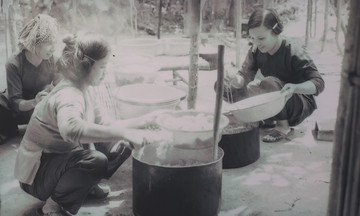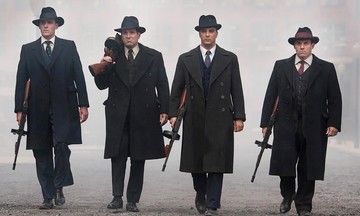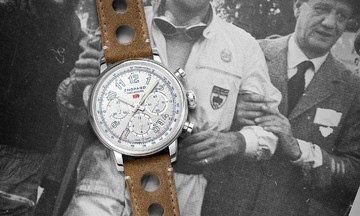The book *Nguyen Huu Tien - The Designer of the National Flag* was first published in 1981. Publishing house Kim Dong reprinted it as part of a series on revolutionary leaders to commemorate the 80th anniversary of the August Revolution and National Day, 2/9. After years of research, searching for documents and witnesses, author Son Tung recreates the childhood, life, and revolutionary path of Nguyen Huu Tien, the man believed to be the designer of the national flag.
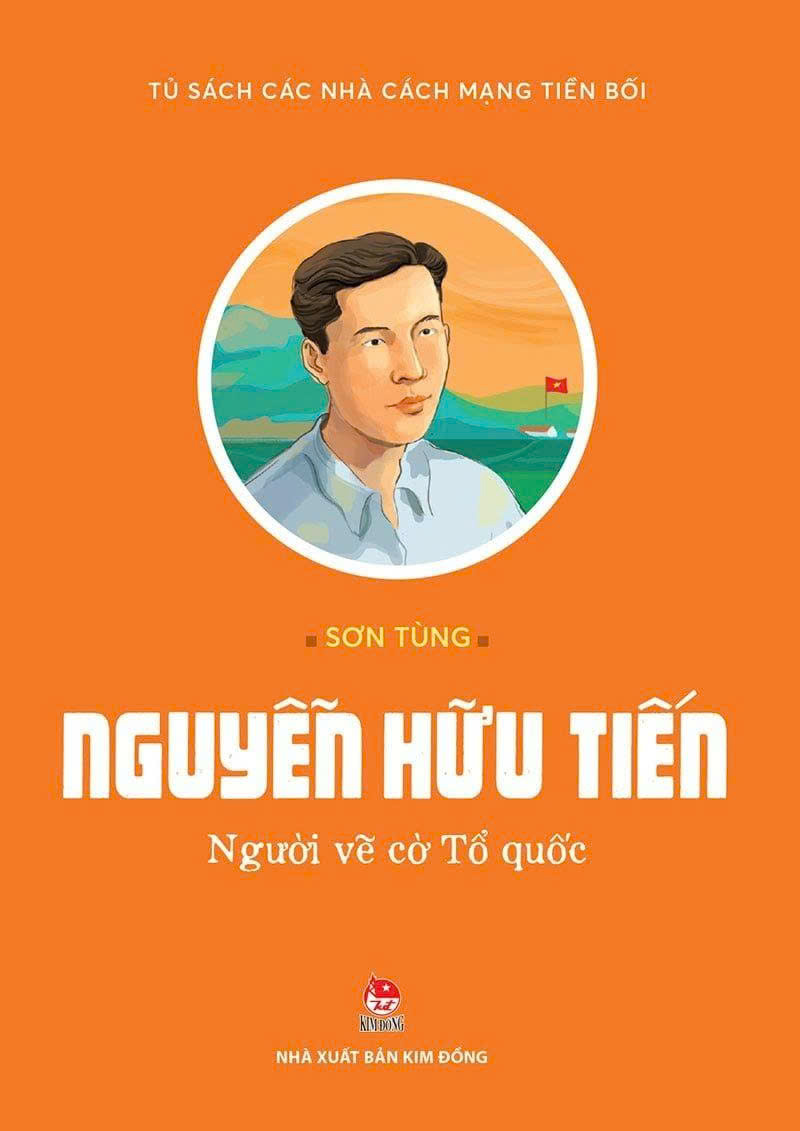 |
The cover of "Nguyen Huu Tien - The Designer of the National Flag", a 289-page book. Photo: Kim Dong Publishing House |
The revolutionary was born in 1901 in Lung Xuyen village, Ha Nam (now Ninh Binh province). From a young age, he exhibited patriotism, and while running a school in his hometown, he instilled a love for his homeland and country in the youth.
In 1927, Nguyen Huu Tien joined the revolutionary movement locally and was admitted to the Vietnam Revolutionary Youth League. At the end of 1929, he joined the Indochinese Communist Party and was one of the founders of the first communist cell in Duy Tien district. Later, he was elected deputy secretary of the Ha Nam Provincial Party Committee.
He believed: "Joining the revolution is to demand the highest rights: national independence and freedom for the people. Revolutionaries must always learn to broaden their understanding and learn revolutionary theory".
On 25/5/1931, due to a traitor, he was arrested in Hanoi, sentenced to life imprisonment, and exiled to Son La, then imprisoned in Con Dao at the end of 1933. In 4/1935, he and some comrades successfully escaped and returned to revolutionary activities.
Some time later, he was elected to the Nam Ky Regional Party Committee and served as secretary of the Long Xuyen, Chau Doc, Ha Tien, and Rach Gia inter-provincial Party Committee. In the winter of 1939, he was in charge of the propaganda work of the Nam Ky Regional Party Committee.
According to the book, before the Nam Ky uprising, Nguyen Huu Tien designed a red flag with a five-pointed yellow star in the center. The meaning of the flag was written in his poem: "O you with red blood and yellow skin / Fight under the sacred flag of the Fatherland / The flag is crimson with blood shed for the country / The bright yellow star is the skin of our race". The five-pointed star symbolizes the classes of people: intellectuals, farmers, workers, merchants, and soldiers. He hoped that the Vietnamese people would "unite like a five-pointed yellow star". He had the flag printed in multiple copies and distributed to secret bases. The flag design was agreed upon by the Nam Ky Regional Party Committee and first appeared in the Nam Ky uprising on 23/11/1940.
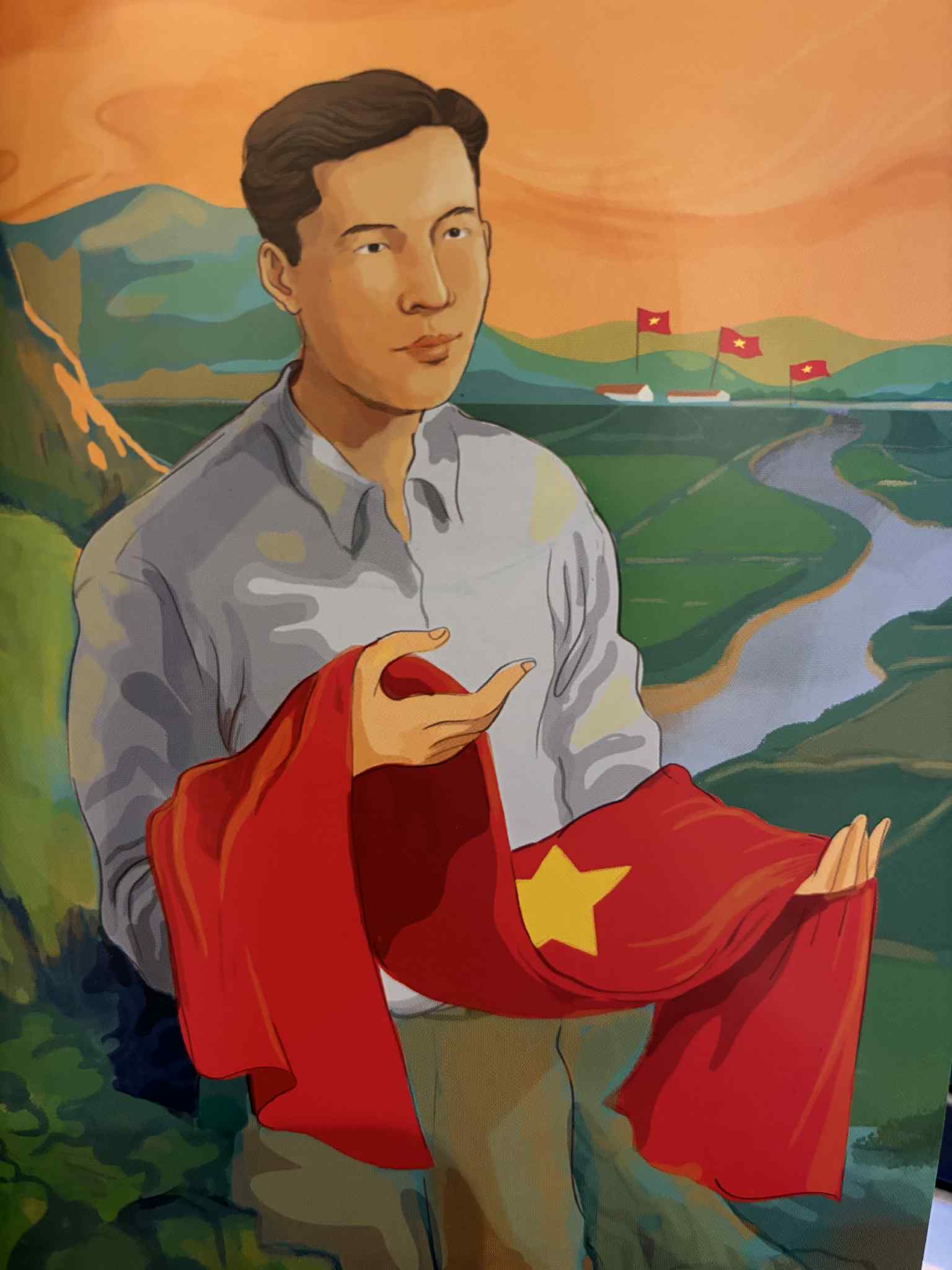 |
Illustration of martyr Nguyen Huu Tien. Photo: Book "Nguyen Huu Tien - The Designer of the National Flag" |
However, as the work neared completion, the office was attacked, and no one escaped. He, along with former General Secretary Ha Huy Tap, Nguyen Van Cu, Vo Van Tan, and Nguyen Thi Minh Khai, were captured and endured torture but refused to reveal any revolutionary information.
In prison, he maintained his spirit and kept inquiring about the uprising. According to the book, at that time, "everyone enthusiastically recounted the people's uprising when the order came. Old men cut bamboo to make sticks and gathered knives and sickles as weapons. Old women cooked rice and dried pork and chicken to supply those who went to seize district and provincial governments. People contributed trays, copper pots, knives, sickles, and iron tools to the foundry".
Despite facing a death sentence, he remained optimistic, exercised every morning, and borrowed newspapers and books. He said, "As long as I can see the sunlight, as long as my heart is still beating, I will continue to think about life, people, and my country". He only cried when he heard that the flag had been raised during the uprising. "The red flag with the yellow star has been raised! Fatherland! The national flag has been raised! I couldn't be there at the first moment the national flag flew in the sky". Nguyen Huu Tien and comrade Phan Van Dai wept, dreaming of the day "countless red flags with yellow stars would fly across the Fatherland's sky".
In his farewell poem, he wrote: "Farewell today with a few words / To comrades everywhere / My spirit remains with the country / Hatred etched deep into the earth and sky / The Ha Nam death sentence has been lifted / The Con Dao hard labor is over / Comrades, complete the journey / The red flag with the yellow star brightens the future".
These verses represent the faith he left with his comrades in the day of national independence, when the red flag with the yellow star became a sacred symbol of the nation. Today, the national flag still flies during every important moment. On National Day, 2/9, people pour into the streets, wearing clothes and accessories with the image of the flag, waving flags to welcome the parade.
Although there are still debates about who designed the national flag, on 9/4/2021, at the scientific conference *Comrade Nguyen Huu Tien - A steadfast and talented communist soldier, an outstanding son of Ha Nam*, Associate Professor Dr. Tran Minh Truong - former Director of the Ho Chi Minh Institute and Party Leaders - confirmed Nguyen Huu Tien as the designer. According to him, "if he wasn't the one who designed and drew the red flag with the yellow star, wasn't the designer of the national flag, and had never seen the red flag with the yellow star in reality, how could he compose a poem describing the flag so accurately and in detail?".
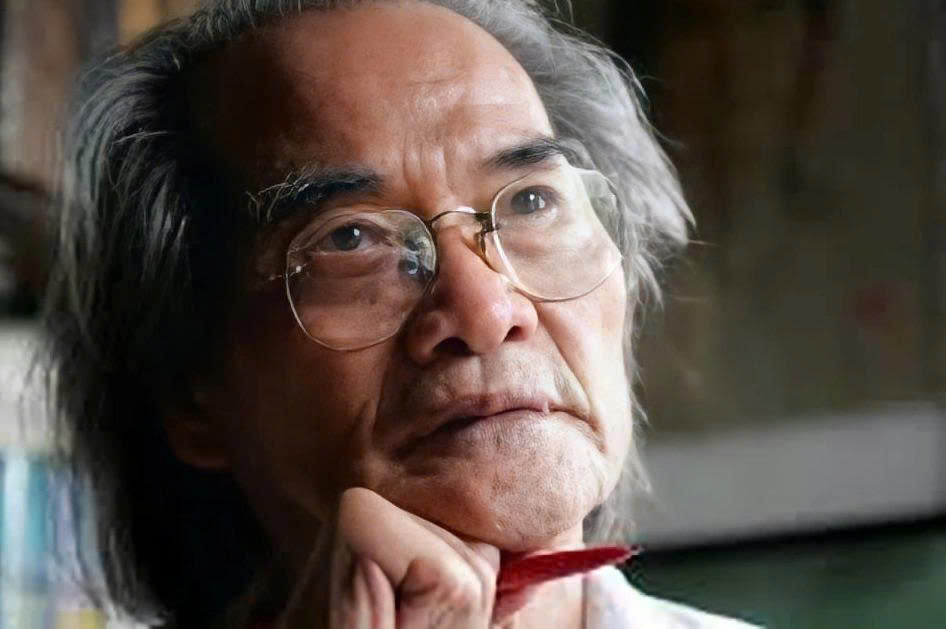 |
Author Son Tung. Photo: Nguyen Dinh Toan |
Author Son Tung, born in 1928 and died in 2021, was an author, journalist, and Labor Hero. Before becoming an author, Son Tung participated in the two resistance wars against the French and the Americans.
In 4/1971, he was seriously injured and returned with 14 pieces of shrapnel in his body: a paralyzed right hand, a broken left shoulder, 10% vision in his right eye, and three pieces of shrapnel lodged in his skull that could not be surgically removed. Despite losing 81% of his health and being classified with a 1/4 disability rating (the highest level of disability for a wounded soldier), he continued to write.
From 1974 to 2010, with a hand that only had three functioning fingers to hold a pen, he wrote dozens of novels, short story collections, and prose works. He wrote many works about President Ho Chi Minh and other prominent figures in revolution and culture. Among them, the novel *Green Lotus Bud*, about the life of President Ho Chi Minh, has been adapted into films, plays, comics, and verse.
Chau Anh









